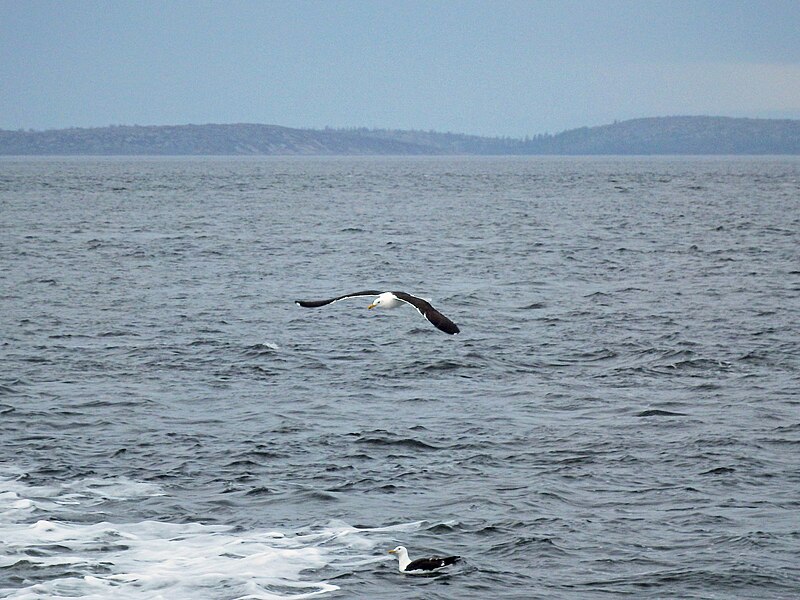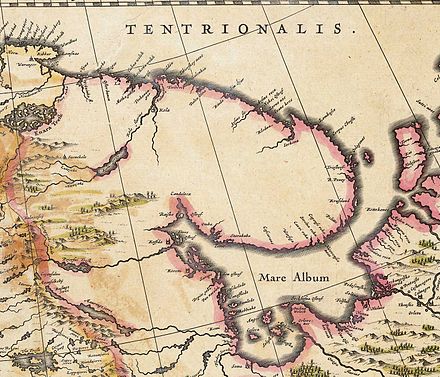White Sea Facts for Kids
The White Sea is a southern inlet of the Barents Sea located on the northwest coast of Russia, known for its unique ecosystems and rich cultural heritage.
View Article For:

Related Articles
Introduction
It’s an inlet of the Barents Sea, which is part of the Arctic Ocean. The White Sea is known for its beautiful scenery, unique islands, and interesting wildlife. This sea is about 580 kilometers long and 300 kilometers wide, making it an important area for both animals and people. Additionally, the White Sea is famous for its historical significance, as it was a trade route for people hundreds of years ago! So, let’s dive in and learn more fun facts about this fascinating place! 🐟
Flora And Fauna
Along the coast, you can find beautiful forests, meadows, and even bogs! Some common trees are pine, spruce, and birch. The sea itself hosts a range of marine life, including fish like cod and herring. 🐠
It’s also a crucial habitat for seals, notably the ringed seal and the grey seal. Birds, such as puffins and gulls, love to visit this sea during summer. The unique blend of ecosystems makes the White Sea an important area for biodiversity! 🔍
Notable Islands
One of the most famous is the Solovetsky Islands, known for their historical monastery and unique wildlife. These islands are also a UNESCO World Heritage Site! There’s also the Onega Island, popular for its beautiful landscapes. Some smaller islands, like Kiy Island, have fascinating legends tied to them. Each island has its story and plays an important role in the White Sea’s overall environment. Island hopping is a fun way to explore this amazing area! 🚤
Economic Activities
Fishing is a major industry, with fishermen catching cod, herring, and even crab! 🚤
The sea's rich resources support both local communities and larger companies. Additionally, the timber industry is strong in the nearby forests, where trees are harvested for various products. Tourism has also become more popular, as people come to enjoy the gorgeous landscapes and wildlife. Remember, though, that people must take care of this beautiful area while using its resources! 🌍
Marine Biodiversity
The sea is home to an array of fish, like cod, flatfish, and salmon. Many marine mammals, including seals and beluga whales, can be found here. The lush underwater environments support many species of crustaceans, mollusks, and sea urchins. 🦀
The vibrant ecosystems in the White Sea make it a prime location for study. Scientists and researchers are always learning more about these fascinating species and how they interact with one another! 🌊
Conservation Efforts
Organizations are working hard to keep the waters clean and safe for plants and animals. Initiatives focus on reducing pollution and making sure fishing practices are sustainable, so the fish populations can thrive. Local communities also participate in clean-up events to remove trash from the shores. Additionally, educational programs help people understand the importance of preserving this unique ecosystem. Everyone has a role in taking care of the White Sea so that it stays beautiful for many years to come! 💚
Cultural Significance
It has inspired artists, writers, and musicians for generations. Many folk tales and local legends are connected to the sea and its islands. The Solovetsky Islands are especially significant, as they were the site of an important monastery. Each summer, people from various regions gather to celebrate local traditions, share stories, and enjoy the natural beauty. 🏞
️ Music festivals and art exhibitions often showcase how the White Sea’s charm influences creativity!
Environmental Concerns
Pollution from nearby cities and industries can harm its waters and wildlife. Additionally, climate change is affecting the sea’s temperature and ice patterns, which can negatively impact marine life. Overfishing can also lead to fewer fish in the sea, threatening the balance of life. People and organizations are working hard to protect this beautiful region and ensure that future generations can enjoy it just as we do! 🌱
Geography And Location
It’s bordered by the Kola Peninsula to the west, and the Onega Peninsula to the east. The sea connects to the Barents Sea in the north through the Kola Bay. One of its largest cities, Arkhangelsk, is situated on its northern shore! 🏙
️ The sea is dotted with many islands, including the Solovetsky Islands, which are famous for their historic monastery and beautiful landscapes. With a mix of fjords and wide bays, the White Sea is truly unique in its geography! 🌅
History And Exploration
People have lived around its shores since ancient times, fishing and hunting. In the 11th century, the sea became a trading route for merchants traveling to Novgorod. Notably, explorer Mikhail Lomonosov was born near the White Sea in 1711 and contributed greatly to science! ⚓
During the 18th century, it was important for trade routes and naval explorations. The Solovetsky Monastery, founded in 1436, turned the area into a religious and cultural center. The White Sea has many stories to tell about its past! 🌟
Climate And Weather Patterns
️ In winter, temperatures often drop below freezing, and the sea can freeze in some parts. However, summers are milder and can reach temperatures of about 20°C (68°F). The White Sea experiences long, dark winters and short, bright summers, making it a unique place for plants and animals to adapt to seasonal changes! ☀
️ Rain is common in this region, especially in autumn. Remember to bundle up when visiting the White Sea! 🧣
DIY is a humongous library of
activities and courses for kids.
Curious?
Gallery of
Did you know?
🌊 The White Sea is about 580 kilometers long and 300 kilometers wide!
❄️ The area experiences a subarctic climate, often with freezing temperatures in winter.
🏙️ Arkhangelsk is one of the largest cities located on the northern shore of the White Sea.
🐟 The sea is famous for its rich marine life, including fish like cod and herring.
🌍 The White Sea is an inlet of the Barents Sea, which is part of the Arctic Ocean.
📜 The sea has been used as a trade route since the 11th century.
🌅 The Solovetsky Islands are known for their historical monastery and beautiful landscapes.
🐠 The White Sea also provides habitat for various seals, such as the ringed and grey seals.
🌱 Environmental challenges like pollution and climate change affect the region's wildlife.
🎨 The White Sea inspires many artists and musicians in Russian culture!







